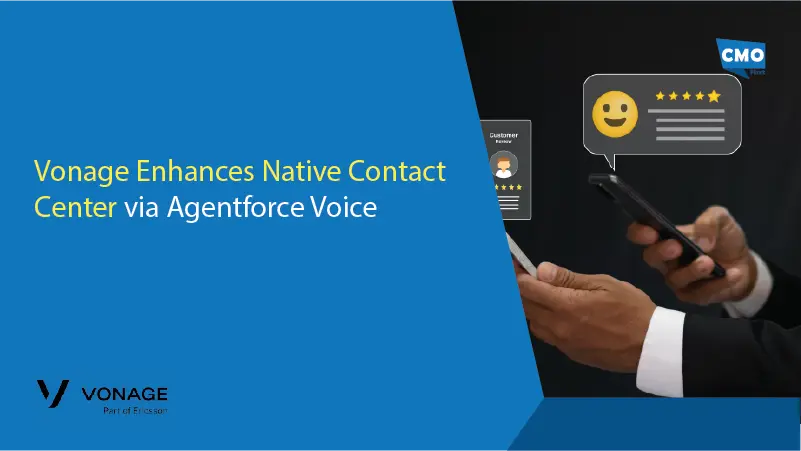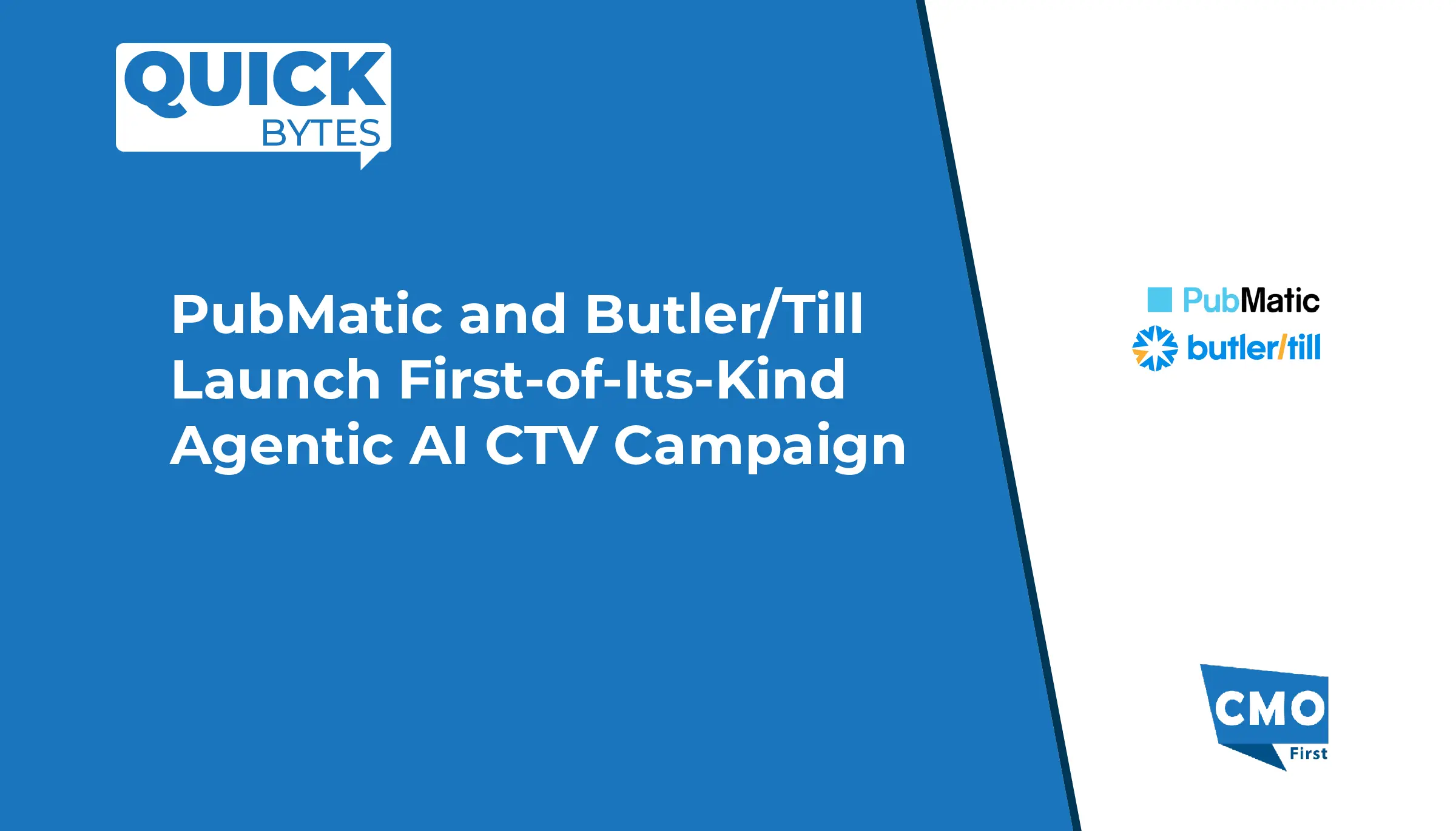Seedtag unveiled an evolution in marketing: neuro-contextual advertising. Built on the combination of artificial intelligence and neuroscience principles, Seedtag’s AI, Liz, now interprets deeper signals like interest, emotion, and intent-and turns these insights into high-performing campaigns across premium CTV, video, and the open web.
Grounded in neuroscience, neuro-contextual advertising aligns with how the brain naturally processes information and matches ad placement to moments of high interest, emotional connection, and intent. Neuro-contextual goes beyond traditional, upper-funnel contextual targeting by understanding how people think, engage, and make decisions.
“This marks a major evolution for the company-and a decisive step beyond the limits of traditional contextual advertising,” said Jorge Poyatos, Founder and Co-CEO of Seedtag. “We built our reputation applying AI to context, but Liz’s progression into neuro-contextual targeting changes the conversation. Artificial intelligence no longer just recognises content—it understands interest, intent, and emotion, and drives results across the entire funnel.”
Also Read: IAB Tech Lab Launches the Containerization Project to Enable Next Generation Infrastructure in the Programmatic Supply Chain
From Scanning Pages to Understanding People
Contextual targeting has evolved from analyzing keywords to scanning text and images. Neuro-contextual takes this even further, going beyond content to adopt a more human approach—decoding deeper signals to understand how people engage, feel, and make decisions, not just what they are reading or watching. Leveraging neuro-contextual, Liz operates like the human brain—recognizing patterns, interpreting context, and responding dynamically to user interests, emotions and intentions. The result is a more cohesive and intelligent system, capable of understanding how people think and delivering the outcomes modern marketers need.
Neuroscience shows that relevance is a cognitive metric: familiar, context-congruent stimuli are processed more easily and are more likable, resulting in higher attention and receptivity. By aligning advertising with the content people actively engage with, Liz is designed to identify and act on emotionally charged intersections—applying these psychological principles to maximize impact.
SOURCE: PRNewswire






















Leave a Reply